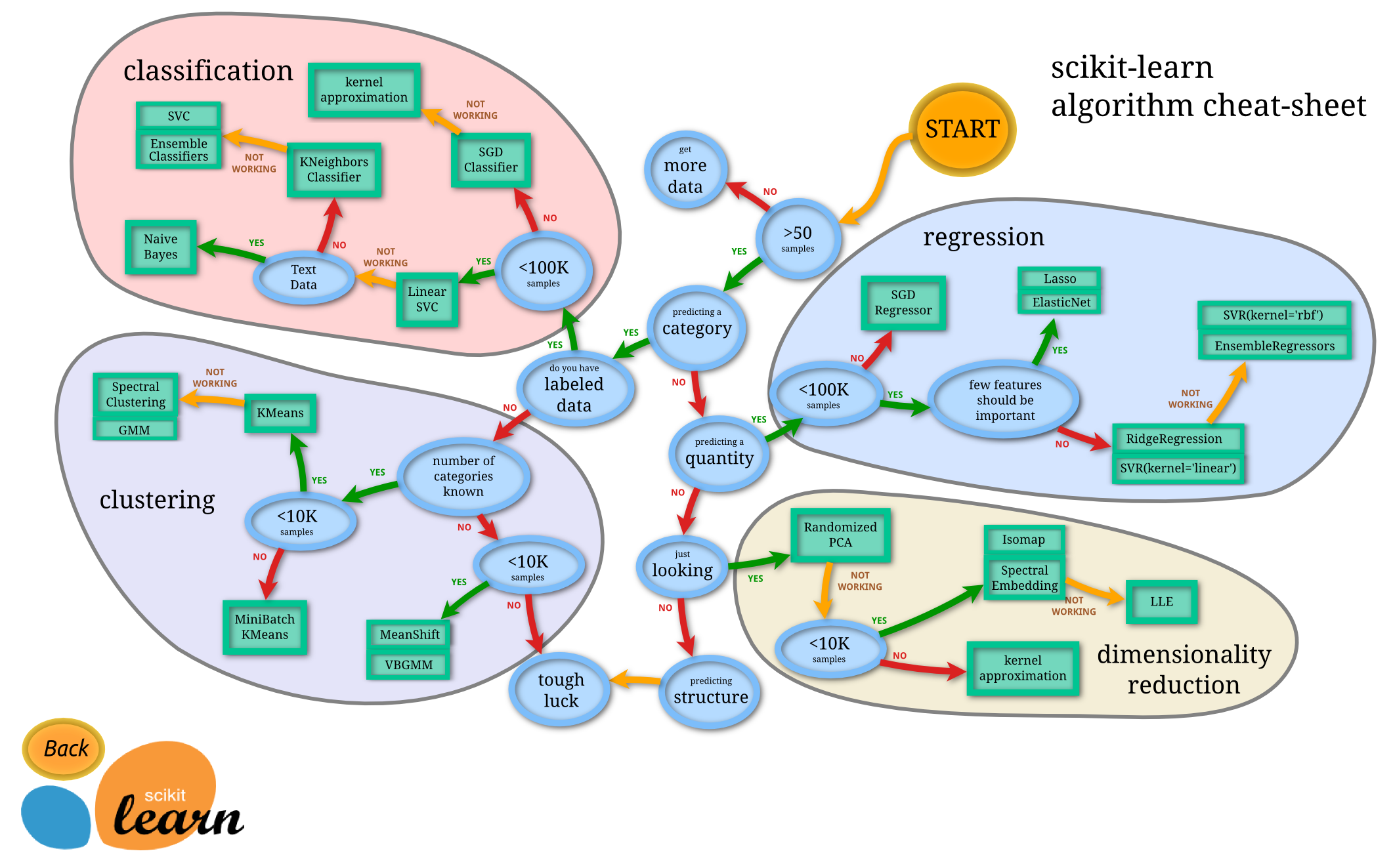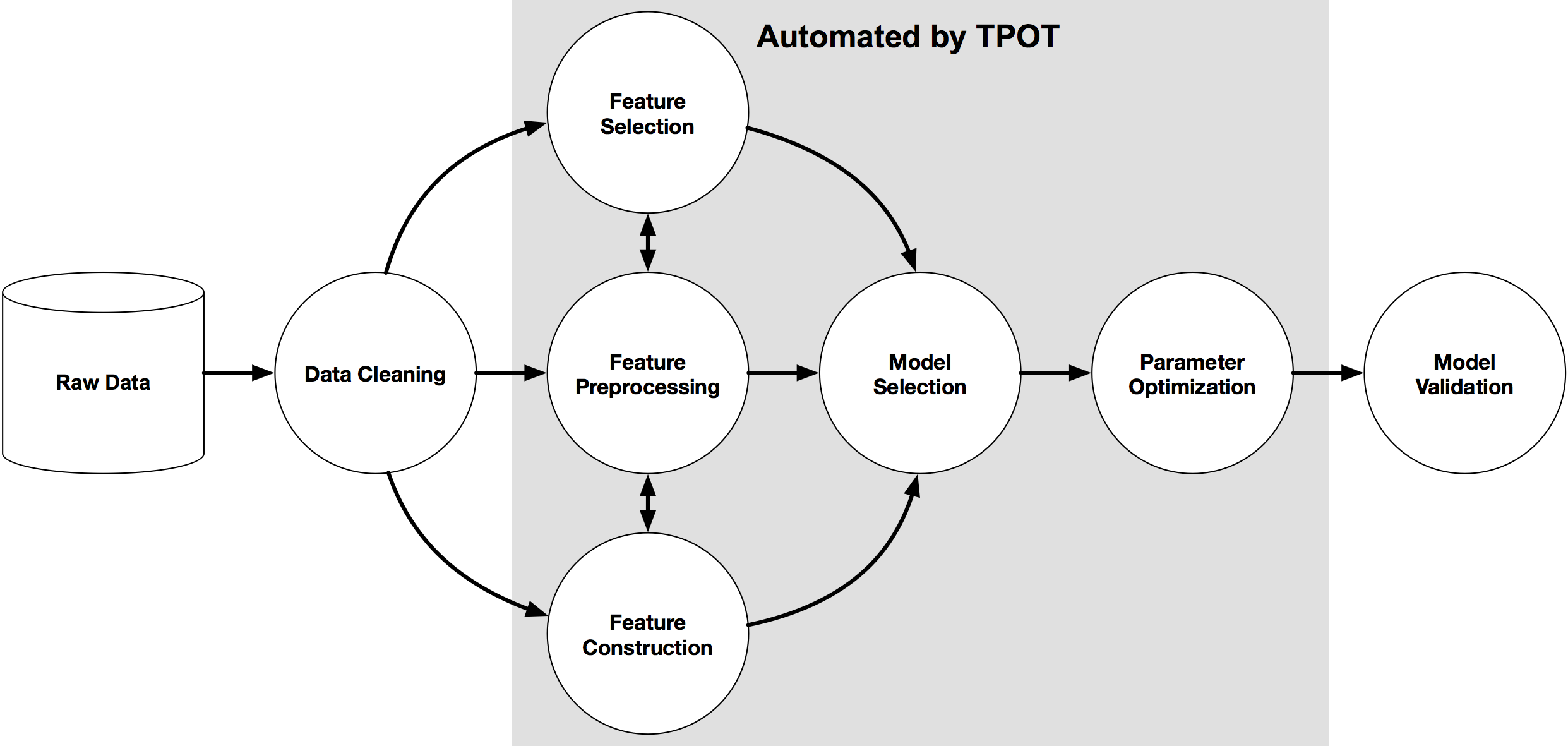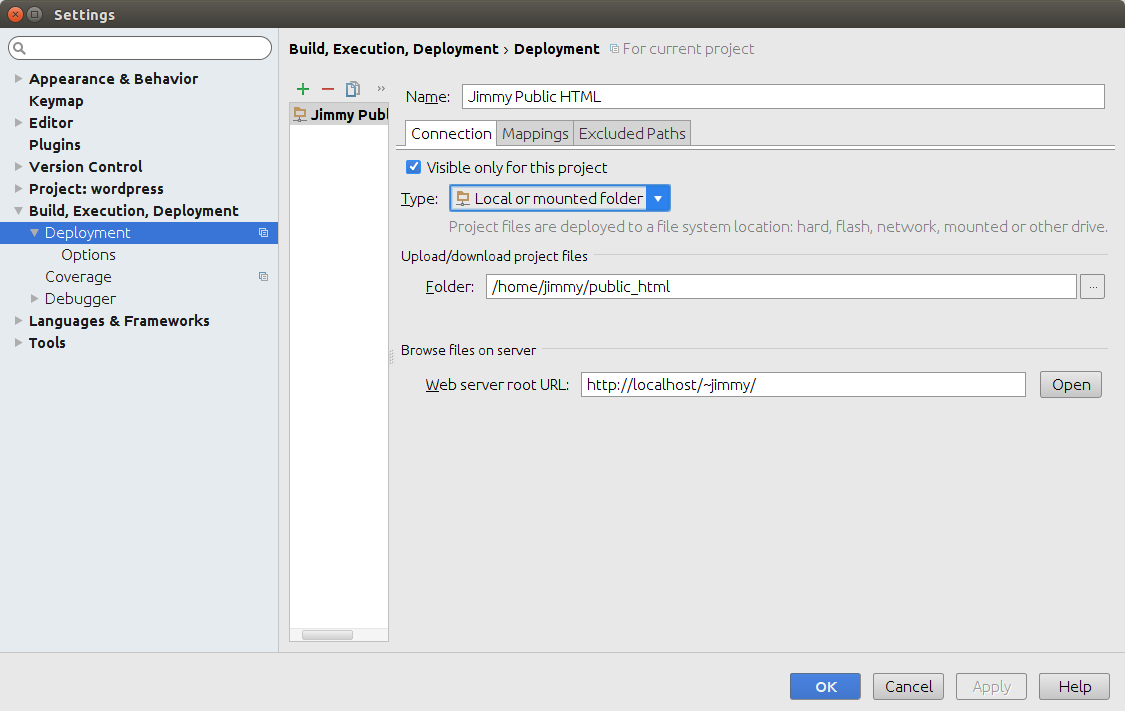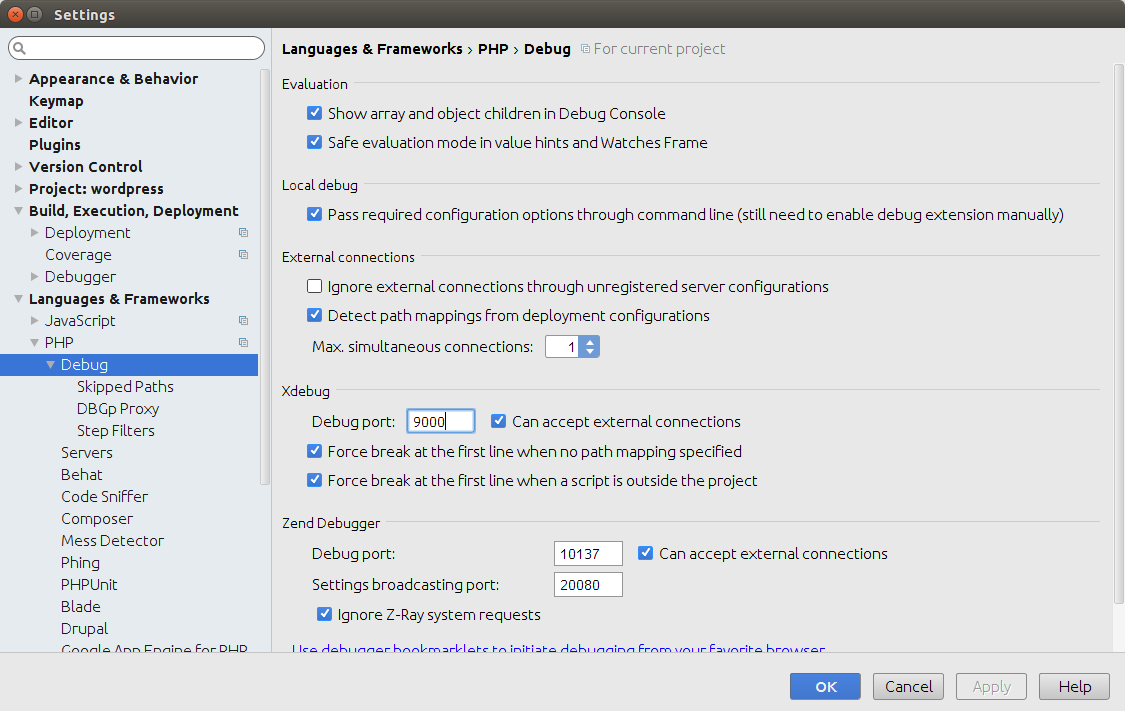Java is a classical general purposes language that can do most of the things. Java programming constructs are too primitive that people are complaining about writing redundant code, like sorting, searching, set union or intersection and etc on their own.
In fact, there are ready to use utility libraries that could save us hours in writing common logics, the only matter is the programmer attitude towards re-using others’ code or re-inventing the wheels.
Most of the utilities come from the following sources. I always search before I write code.
1. JDK
2. Apache Common
3. Spring Utilities
4. Google Guava
Here are my favourite lists of libraries.
JDK Utilities
JDK has comes with comprehensive functions for Collections(List, Set, Map) and Arrays. Most collection related functions like Sorting, Searching, Union, Swapping, Reverse orders are already supported, which means that writing 2 nested for-loop for sorting and one for loop for searching are too outdated.
java.util.Collections
https://docs.oracle.com/javase/7/docs/api/java/util/Collections.html
java.util.Objects
https://docs.oracle.com/javase/7/docs/api/java/util/Objects.html
java.util.Arrays
https://docs.oracle.com/javase/7/docs/api/java/util/Arrays.html
IO Related Utilities
When we deal with Java Streams, Reader, Writer and Files, writing buffer reading logics are too comsy and hard to get it right, like the try-catch-finally structure for Streams and Readers. IOUtils provides those static method for it.
org.apache.commons.io.FileUtils
https://commons.apache.org/proper/commons-io/javadocs/api-2.6/org/apache/commons/io/FileUtils.html
org.apache.commons.io.IOUtils
https://commons.apache.org/proper/commons-io/javadocs/api-2.6/org/apache/commons/io/IOUtils.html
String Utilities
There are String utilities comes from different libraries, they usually provide functions like substring, joining, regex matching, splitting, extraction and search & replace . Some of the functionality are overlapping, so, you need to look at the API before you start.
https://docs.spring.io/spring-framework/docs/current/javadoc-api/org/springframework/util/StringUtils.html
https://commons.apache.org/proper/commons-lang/apidocs/org/apache/commons/lang3/StringUtils.html
https://google.github.io/guava/releases/19.0/api/docs/com/google/common/base/Strings.html
Bean Utilities
The Java Reflection API is inherently hard to use and error prone, we need to handle properties accessor, access level, value getter and setters. Spring provides BeanUtils and BeanWrappers that make this kind of access much easier.
org.springframework.beans.BeanUtils
https://docs.spring.io/spring-framework/docs/current/javadoc-api/org/springframework/beans/BeanUtils.html
BeanWrapper and BeanWrapperImpl
We can create a BeanWrapper and access the property value by property name (String).
https://docs.spring.io/spring-framework/docs/current/javadoc-api/org/springframework/beans/BeanWrapper.html
https://docs.spring.io/spring-framework/docs/current/javadoc-api/org/springframework/beans/BeanWrapperImpl.html
More advanced data structure
Google Guava provides advanced data structure, like MultiSet (Count for an object occurrence), Multimap (Group objects under the same key), BiMap (Key->Value AND Value->Key mapping) and etc. You can think twice when you deal with Map
https://github.com/google/guava/wiki/NewCollectionTypesExplained
More collections utilities from Guava
Google Guava provides more advanced Collection related utilities, which is not provided by JDK Collections class, like Cartesian Products, Subset operation and etc. It may also be first steps to Java Functional programming and bridge to Java 8 Lambda expression.
https://github.com/google/guava/wiki/CollectionUtilitiesExplained




